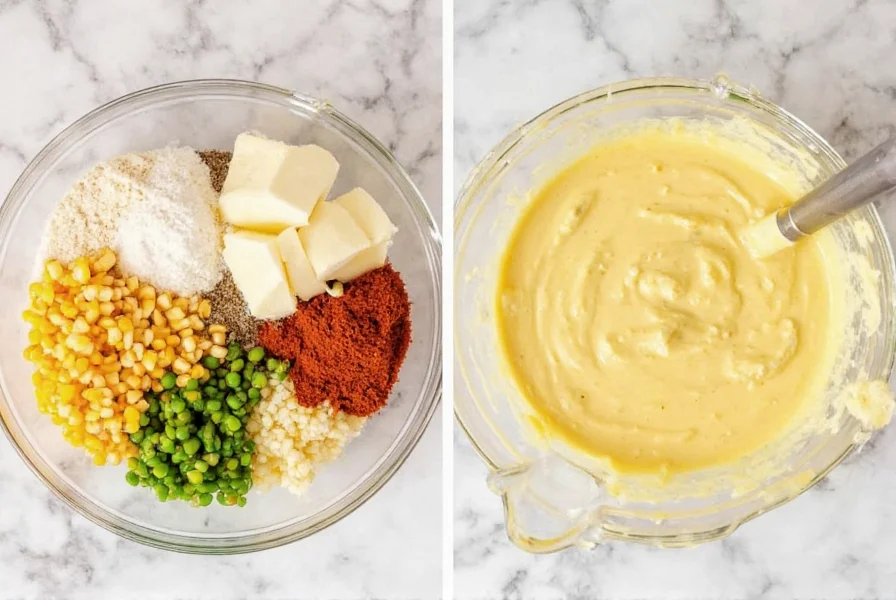Pepper mayo has become a staple in American kitchens and restaurants, evolving from a simple homemade mixture to a widely available commercial product. Understanding the different varieties and applications helps consumers make informed choices whether they're shopping for store-bought options or creating their own signature blend.
What Exactly Is Pepper Mayo?
Pepper mayo represents a category of flavored mayonnaise where peppers serve as the primary flavoring agent. Unlike standard mayonnaise, which contains just oil, egg yolks, vinegar or lemon juice, and seasonings, pepper mayo incorporates various pepper elements that transform its flavor profile.
In the United States, the term "pepper mayo" typically refers to one of three main variations:
- Black pepper mayo – Features freshly cracked black pepper for a sharp, earthy warmth without significant heat
- Spicy pepper mayo – Usually contains jalapeños, chipotles, or other hot peppers for noticeable heat
- Sweet pepper mayo – Incorporates roasted red bell peppers for a milder, sweeter flavor profile
Food manufacturers and home cooks create these variations by blending mayonnaise with pepper purees, infused oils, or direct pepper additions. The resulting condiment maintains the creamy base of traditional mayo while introducing distinctive pepper characteristics.

Popular Pepper Mayo Varieties Available in the US Market
American grocery shelves feature numerous pepper mayo options catering to different taste preferences and culinary applications. Understanding these variations helps consumers select the right product for their needs.
| Variety | Flavor Profile | Common Uses | Popular US Brands |
|---|---|---|---|
| Black Pepper Mayo | Earthy, sharp, moderate warmth | Sandwiches, steak accompaniment, salad dressing base | Primal Kitchen, Duke's, Hellmann's Specialties |
| Jalapeño Mayo | Noticeable heat, grassy notes | Tacos, burgers, nachos, dipping sauce | Sabra, Sir Kensington's, Chipotle packaged sauces |
| Chipotle Mayo | Smoky heat, complex depth | BBQ sandwiches, roasted vegetables, fish tacos | Best Foods, Primal Kitchen, local artisan brands |
| Roasted Red Pepper Mayo | Sweet, mild, slightly tangy | Vegetarian sandwiches, Mediterranean dishes, spread for wraps | Trader Joe's, Whole Foods 365, local gourmet brands |
Homemade vs Commercial Pepper Mayo: Making the Right Choice
Consumers face a decision between purchasing ready-made pepper mayo products or creating their own versions at home. Each approach offers distinct advantages depending on individual priorities.
Commercial pepper mayo benefits:
- Consistent flavor and texture across batches
- Extended shelf life due to preservatives
- Wide availability in supermarkets and online retailers
- Specialty formulations catering to dietary needs (vegan, keto, paleo)
Homemade pepper mayo advantages:
- Complete control over ingredients and spice level
- Fresher taste without stabilizers or preservatives
- Cost-effective for regular users
- Opportunity for creative customization
For those interested in homemade preparation, a basic black pepper mayo recipe requires just four ingredients: quality mayonnaise, freshly cracked black pepper, a touch of lemon juice, and a pinch of salt. Combine one cup of mayonnaise with 1-2 tablespoons of freshly cracked black pepper (adjust to taste), one teaspoon of lemon juice, and a quarter teaspoon of salt. Mix thoroughly and allow flavors to meld for at least one hour before serving.

Where to Find Pepper Mayo in the United States
Pepper mayo products have expanded beyond specialty stores to become widely accessible across multiple retail channels. Major grocery chains typically stock at least one variety in their condiment aisles, often near traditional mayonnaise products or in specialty sauce sections.
Consumers seeking specific pepper mayo varieties should check these locations:
- National supermarket chains – Stores like Kroger, Safeway, and Publix carry mainstream brands such as Hellmann's and Best Foods specialty mayos
- Warehouse clubs – Costco and Sam's Club often feature larger containers of popular pepper mayo varieties
- Natural food stores – Whole Foods, Sprouts, and local co-ops offer organic and specialty options including paleo and vegan pepper mayos
- Online retailers – Amazon, Thrive Market, and brand websites provide access to regional and artisanal pepper mayo products
- Restaurant supply stores – Places like Restaurant Depot carry commercial-sized containers for home enthusiasts
Creative Culinary Applications for Pepper Mayo
While many Americans use pepper mayo simply as a sandwich spread, its versatility extends to numerous culinary applications that enhance everyday cooking.
Chefs and home cooks incorporate pepper mayo into:
- Seafood enhancement – A dollop of jalapeño mayo transforms fish tacos or crab cakes
- Dipping sauce base – Mix with sour cream for vegetable platters or french fry dipping
- Salad dressing foundation – Thin with vinegar or citrus juice for creamy dressings
- Burger signature element – Creates distinctive flavor in restaurant-style burgers
- Vegetable roasting companion – Toss roasted potatoes or asparagus with chipotle mayo
- Breakfast innovation – Spread on breakfast sandwiches or mix into scrambled eggs
Professional kitchens often develop proprietary pepper mayo blends that become signature elements of their menu items. Home cooks can experiment with adding herbs, garlic, or different vinegar types to create personalized variations that suit their family's taste preferences.
Pepper Mayo Storage and Shelf Life Considerations
Proper storage significantly impacts pepper mayo's quality and safety. Commercial products typically maintain quality for 2-3 months after opening when refrigerated, while homemade versions last approximately 1-2 weeks.
Key storage guidelines include:
- Always refrigerate pepper mayo after opening
- Use clean utensils to prevent contamination
- Check for signs of spoilage including off odors, mold, or separation that doesn't reincorporate when stirred
- Homemade versions without preservatives require more careful monitoring
- Commercial products often contain preservatives that extend shelf life but check expiration dates
Understanding these storage parameters ensures consumers enjoy pepper mayo at its best while maintaining food safety standards.











 浙公网安备
33010002000092号
浙公网安备
33010002000092号 浙B2-20120091-4
浙B2-20120091-4